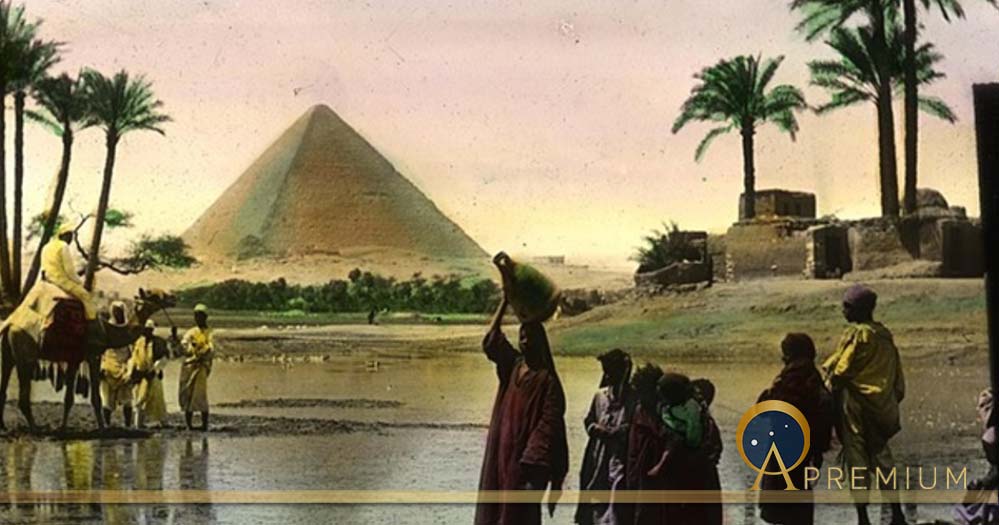Hydrologic Engineering Marvels Hidden in History
Everyone is familiar with the Seven Wonders of the Ancient World, but according to Scottish historical writer, stone mason, and founder of the Caithness Broch Project, Iain Maclean, while these “ tourist traps have been done to death, some equally magnificent engineering feats of antiquity are overlooked”. During a discussion about the reason why Brochs (Pictish round houses) were always located beside running water sources, Maclean expounded about prehistory’s greatest civilizations being masters of water diversion and hydrology. Maclean’s list of five least known ancient engineering marvels, which all have a watery theme, requires battening down one’s hatches to enter a subterranean world of ancient water collecting, diverting, streaming, flooding and damming skills.

An artist's illustration depicting Xerxes' alleged "punishment" of the Hellespont (1909) (Public Domain)
Xerxes’ Extraordinary Canal
During the First Persian invasion of Greece in 492 BC, the Persian general Mardonius sailed to Greece with an army of 20,000 men onboard 300 ships. Whilst attempting to circumnavigate Mount Athos his armada was struck by a tempest and was catastrophically wrecked. Three years before embarking with his armada to launch the Second Persian invasion of Greece (480–479 BC), the great king Xerxes I of Persia ordered a canal be dug through the isthmus of Athos, in Chalkidiki, northern Greece, wide enough for two triremes to be rowed side by side, to avoid the same calamity that befell general Mardonius.

Map of Athos, showing the Xerxes Canal. Military mapping authority of Austria-Hungary (Public Domain)
Xerxes’ Canal was a navigable waterway cut through the Mount Athos peninsula and it is one of the few monuments remaining in Europe that had been constructed by the Persians. This was the largest civil engineering project to have ever taken place in ancient Greece where the Persians made an island of Mount Athos. The Greek Historian Herodotus described the construction in his Book VII: chapters 1‑56 as follows: “Most of the men engaged in the work made the cutting the same width at the top as it was intended to be at the bottom, with the inevitable result that the sides kept falling in, and so doubled their labor. Indeed they all made this mistake except the Phoenicians, who in this – as in all practical matters – gave a signal example of their skill. They, in the section allotted to them, took out a trench double the width prescribed for the actual finished canal, and by digging at a slope gradually contracted it as they got further down, until at the bottom their section was the same width as the rest.”
Like this Preview and want to read on? You can! JOIN US THERE ( with easy, instant access ) and see what you’re missing!! All Premium articles are available in full, with immediate access.
For the price of a cup of coffee, you get this and all the other great benefits at Ancient Origins Premium. And - each time you support AO Premium, you support independent thought and writing.
Research and references by Iain Maclean, Caithness Broch Project. Interviewed for Ancient Origins by Ashley Cowie a Scottish historian, author and documentary filmmaker presenting original perspectives on historical problems, in accessible and exciting ways. His books, articles and television shows explore lost cultures and kingdoms, ancient crafts and artifacts, symbols and architecture, myths and legends telling thought-provoking stories which together offer insights into our shared social history. www.ashleycowie.com.
Top Image: The great Nile dam, at the head of the first cataract of the Nile, is 600 miles above Cairo. OSU Special Collection. (Public Domain)



















